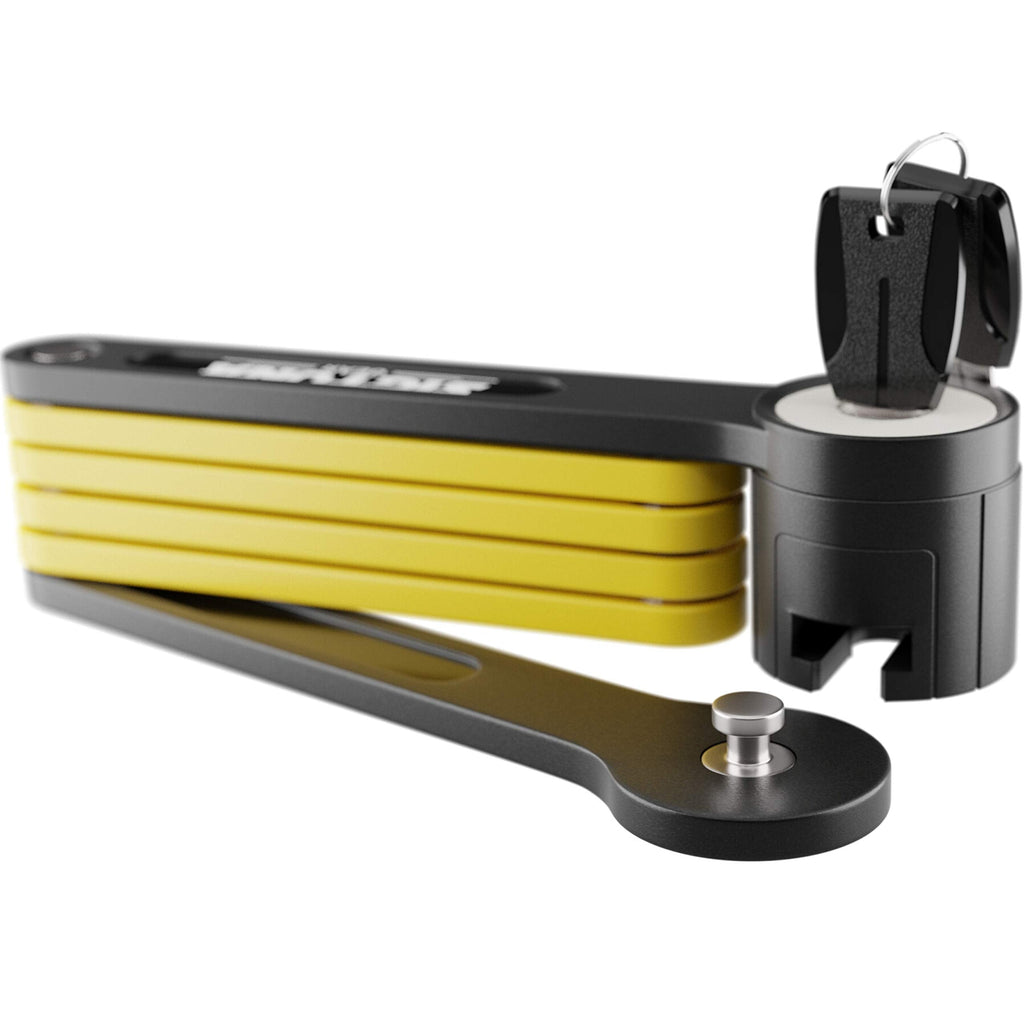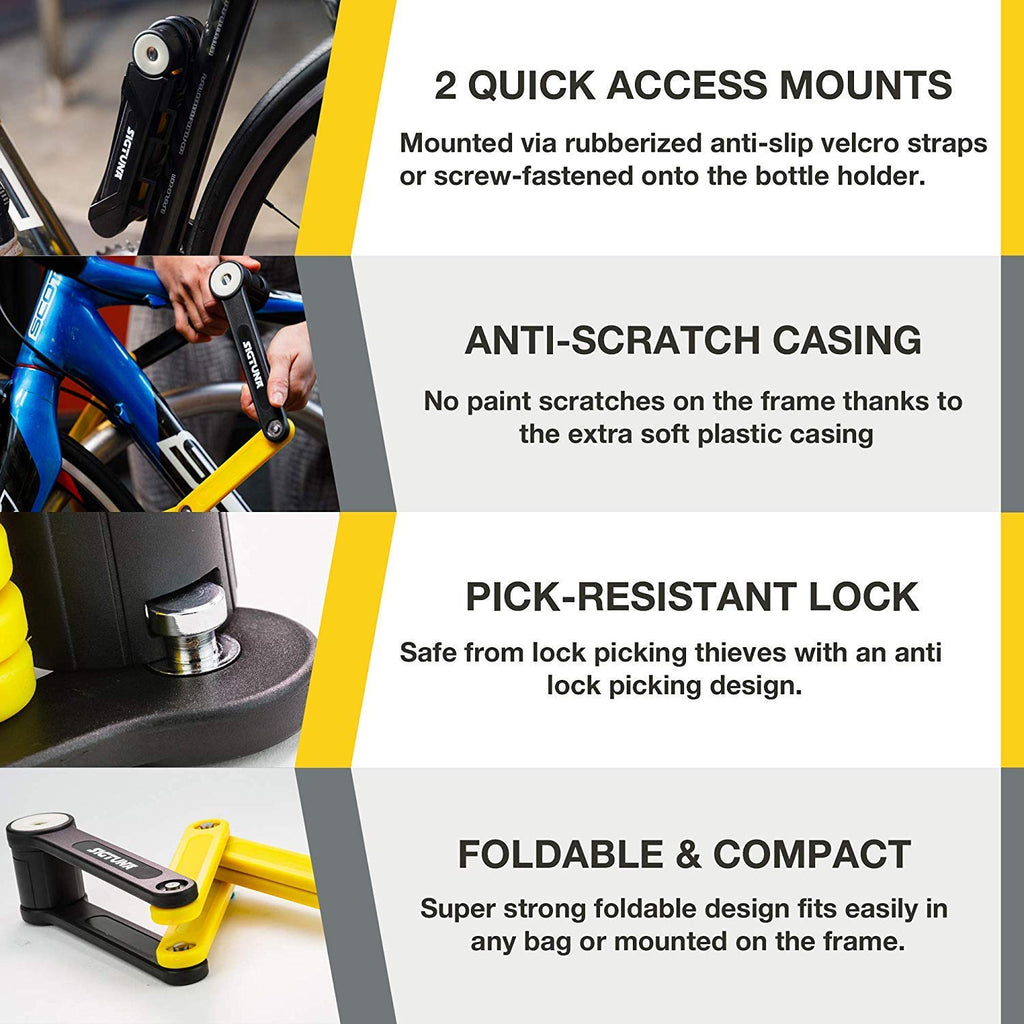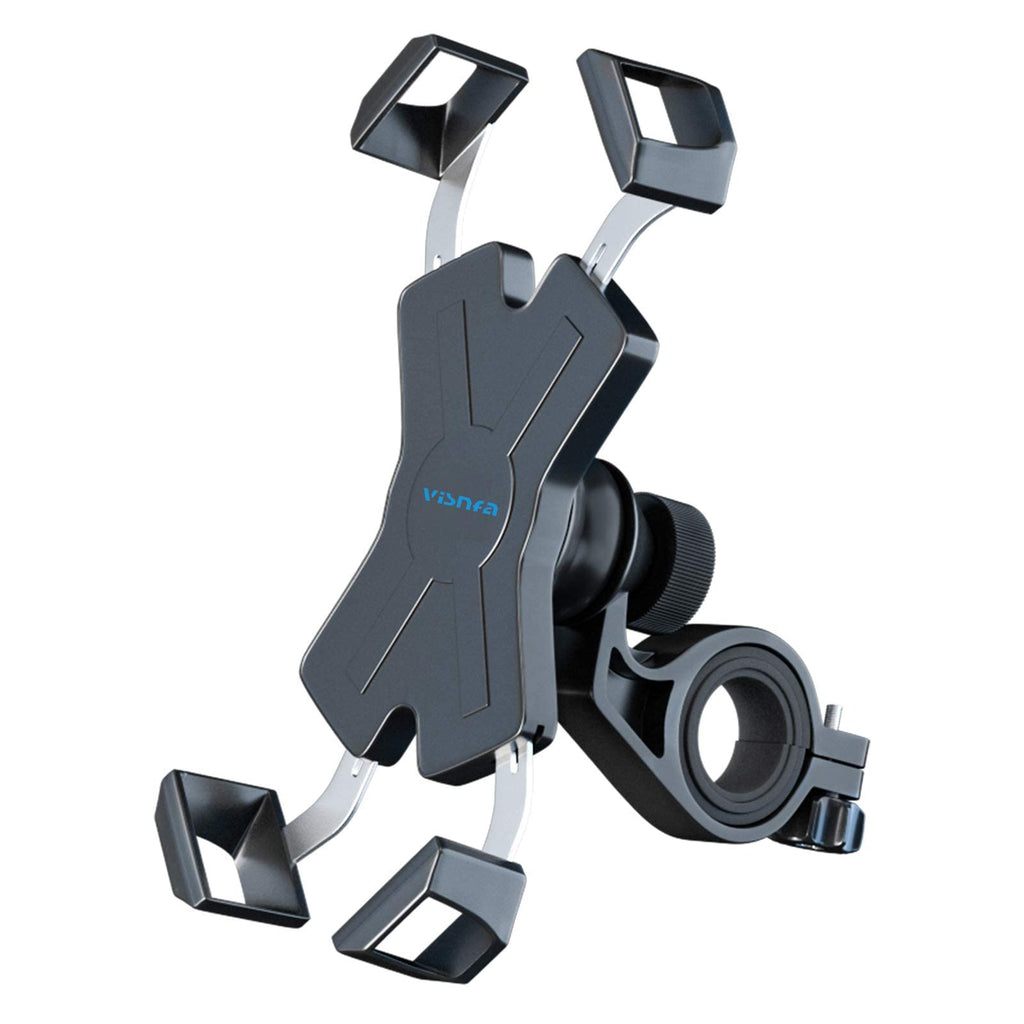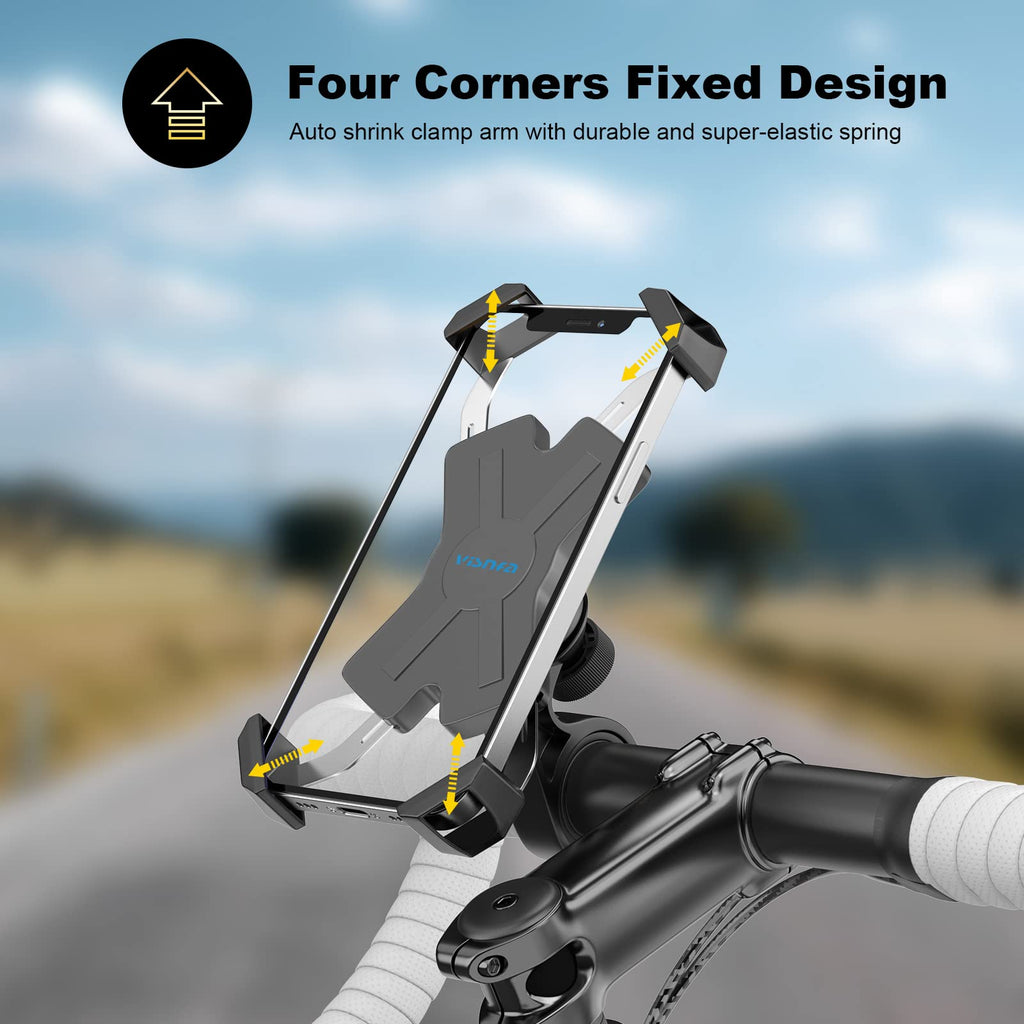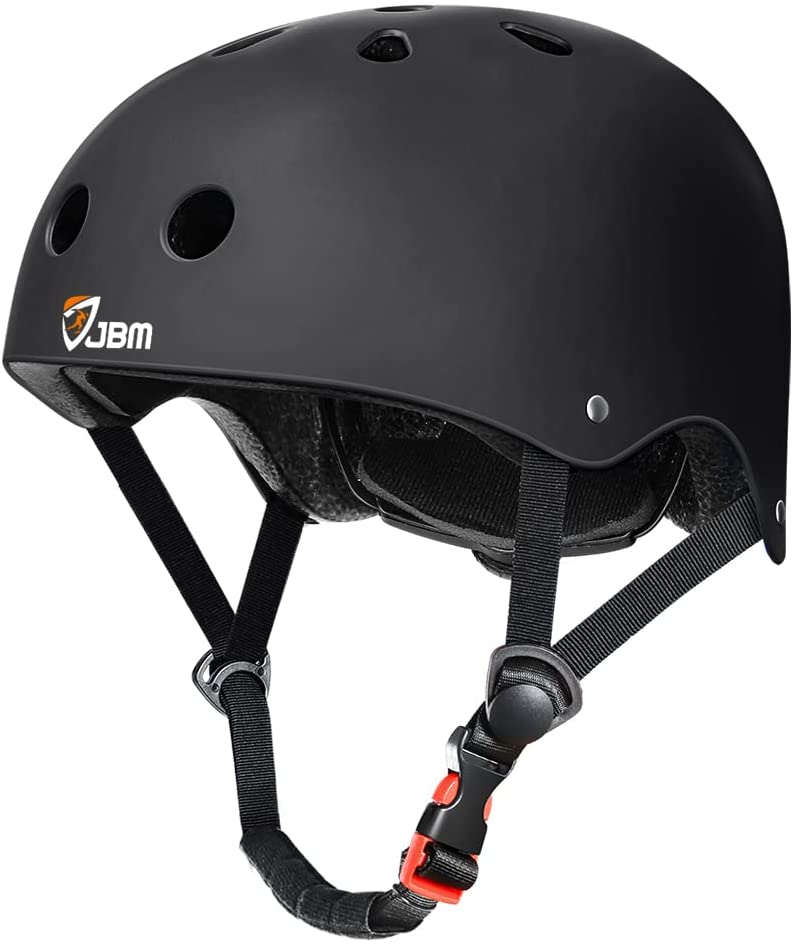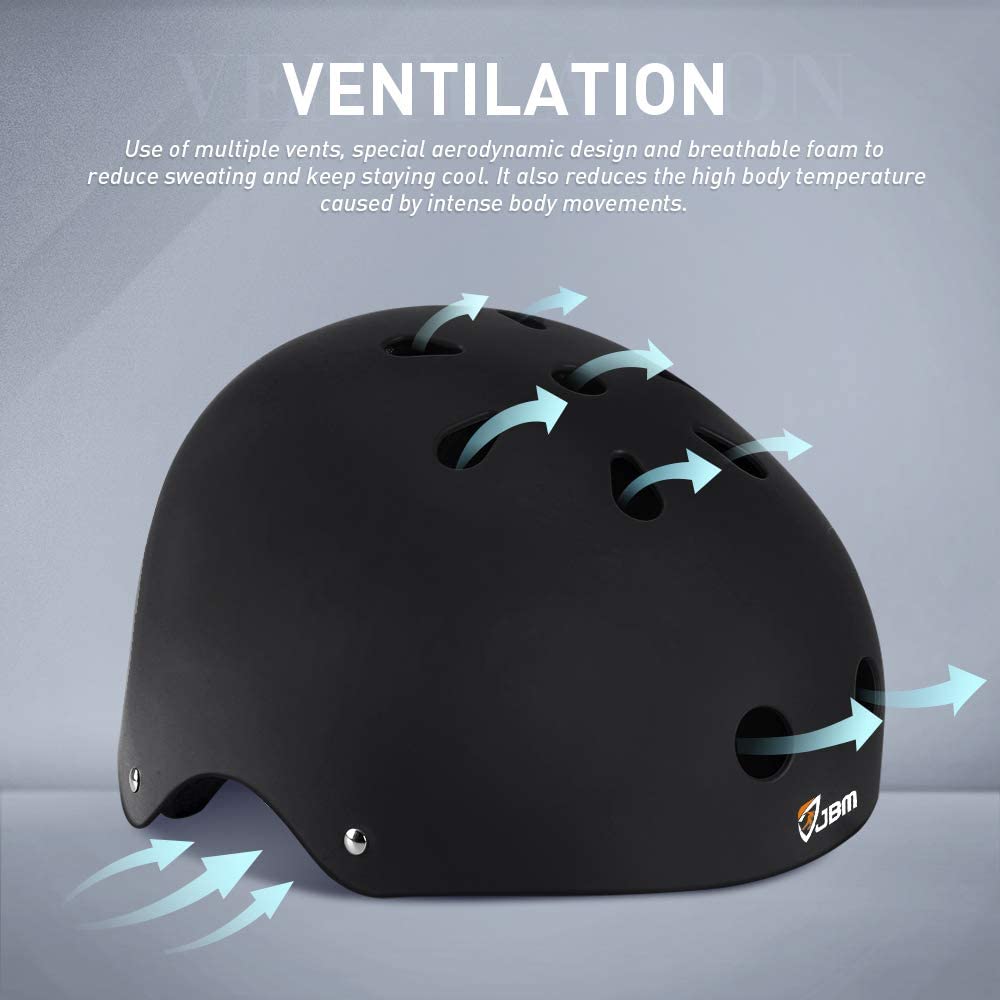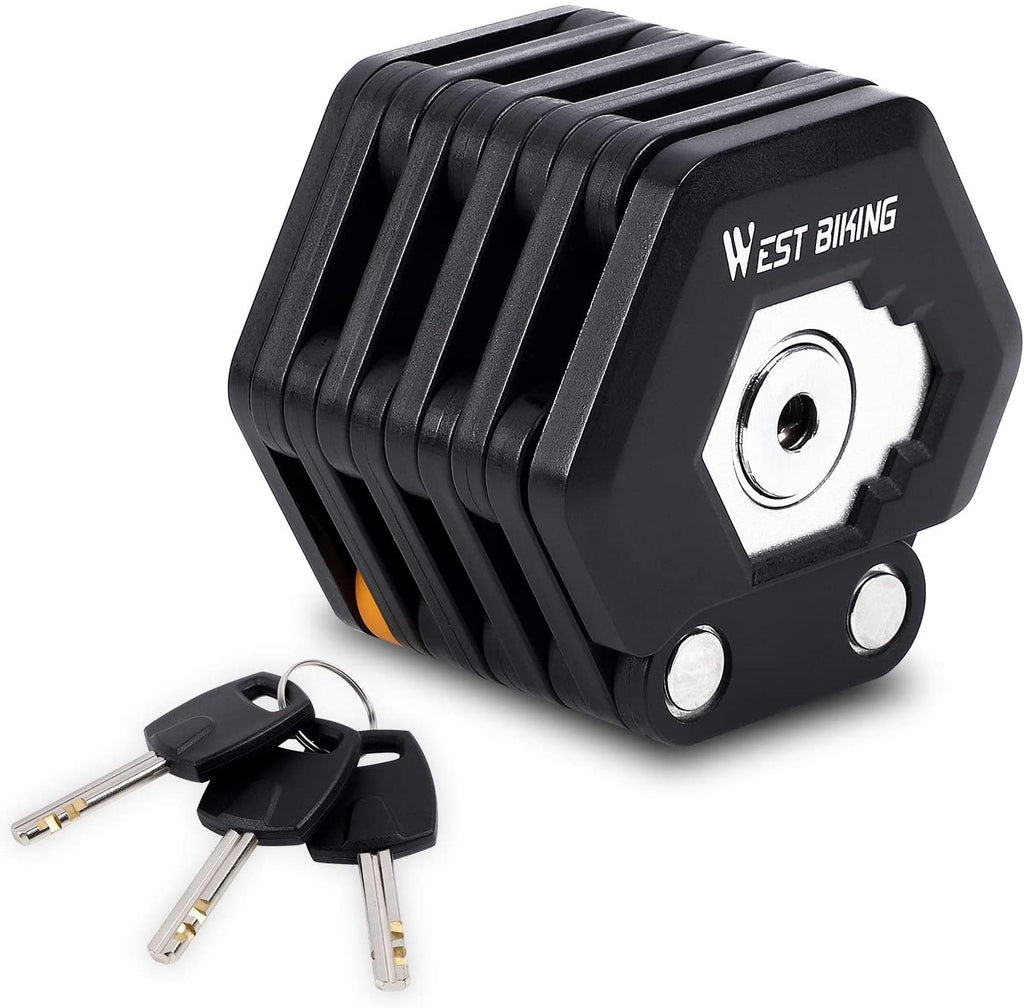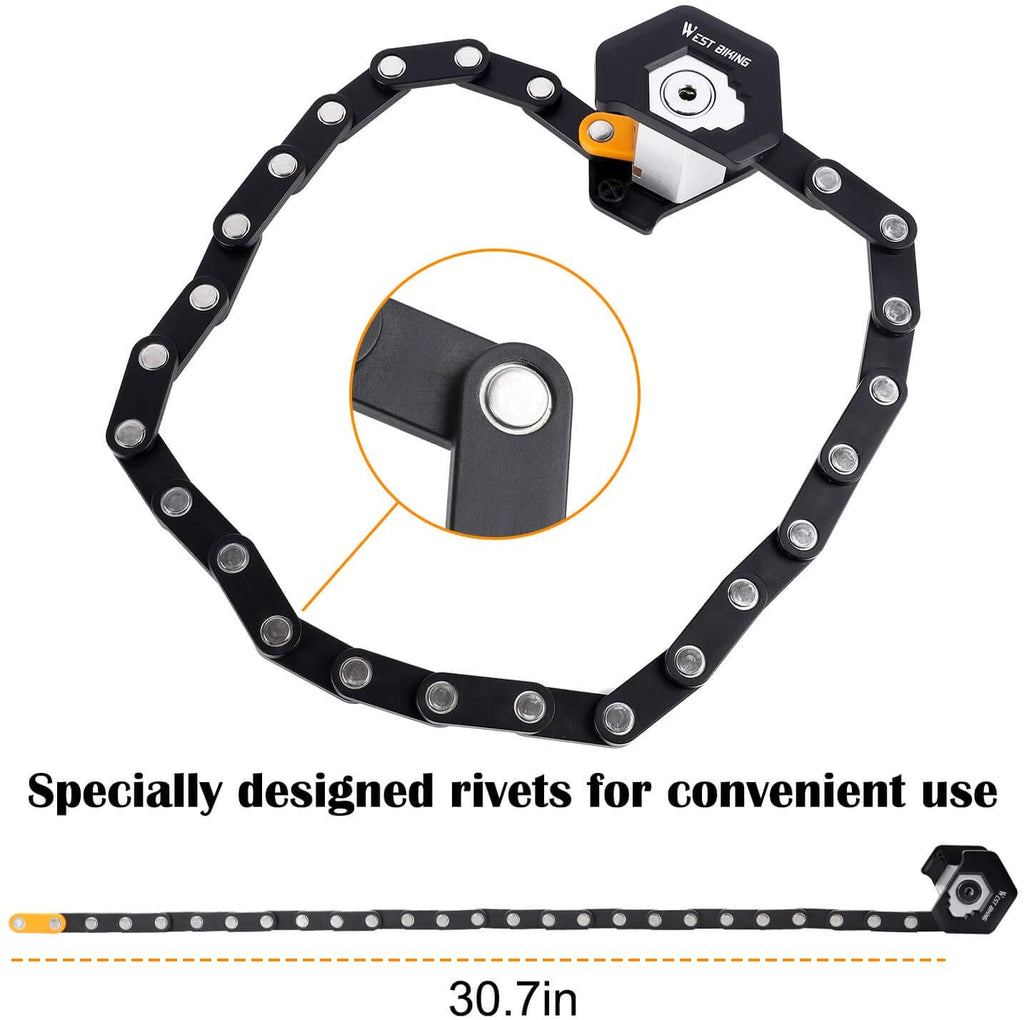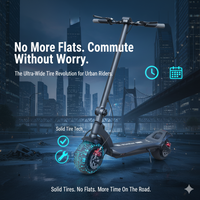Electric Scooter Maintenance Tips & Checklist (Works for Zero 8/9/10)
Is your Zero scooter running at peak performance, or are you unknowingly cutting its lifespan short? Small mistakes can lead to costly repairs, but with the right care, your ride can stay smooth and powerful for years.
Your Zero scooter is more than just a ride—it’s an investment in high-performance urban mobility. Renowned for cutting-edge technology and precision engineering, Zero scooters offer convenience, power, and durability. Whether you ride the nimble Zero 8, the commuter-friendly Zero 9, or the powerhouse Zero 10X built for thrill-seekers, one thing is certain: regular maintenance is essential to keep your scooter performing at its best.
Like any vehicle, wear and tear on the road is inevitable. Even the most efficient micro-mobility devices require proper care. Neglecting maintenance can lead to performance issues, reduced efficiency, and costly repairs. According to Statista, the global e-scooter market is projected to reach $42 billion by 2030, driven by the growing demand for urban mobility and sustainability awareness. However, this boom comes with a hard truth: without proper upkeep, an e-scooter’s efficiency and performance can decline by up to 30% in just one year.
This guide compiles expert-backed best practices, essential do’s and don’ts, and maintenance tips to help you protect your investment and extend your Zero scooter’s lifespan. For in-depth research about Zero scooters for adults, you can browse this article: Zero Electric Scooters’ Grand Comeback: More Power, More Performance, More Adventure.
Why is Zero E-Scooter Maintenance Important?
To ensure a smooth, hassle-free riding experience, every part of your Zero scooter must function properly. Regular maintenance is essential for:
- Preventing potential hazards – Identifies and fixes issues before they become safety risks.
- Ensuring reliability – Keeps your scooter running smoothly and efficiently.
- Minimizing repair costs – Prevents expensive breakdowns by addressing small issues early.
- Enhancing safety – Reducing the risk of accidents due to faulty components.
1. Battery Health & Charging Habits: Electric Scooter Maintenance Guide (Quick Start)
1. Battery Care & Charging Habits: Enhanced Battery Cycles
A Zero scooter’s battery accounts for 30-40% of its total cost, making it one of the most valuable components. Handle it with care to maximize performance and longevity.
Dos:
- Prefer to use the original and genuine manufacturer’s charger.
- Make sure to charge your Zero 8 e-scooter indoors in a cool, dry, and ventilated space, as it delivers high productivity when charged at normal temperatures between 15°C and 25°C. This is especially important for maintaining the performance of your 25 mph electric scooter.
- Before plugging in, keep your scooter at rest for 30 minutes after riding.
- Keep the battery partially charged at least 50% if not riding for a few weeks.
Don’ts:
- Avoid overcharging or leaving plugged in overnight. Overcharging can minimize the battery life by up to 20%, according to a report by Battery University.
- Avoid letting your Zero 9 e-scooter’s battery drain completely before recharging. Deep discharges can accelerate battery wear by 15-25%, reducing its lifespan.
- Keep your battery away from direct sunlight, and avoid storing your scooter in a car trunk during hot weather, as excessive heat can damage the battery.
- Professional Tip: Prefer a scooter with Lithium-ion batteries that contains several charge cycles (300-500 full cycles), offering a durable charging system.
2. Electric Scooter Maintenance Tips for Beginners
According to Lime's research, a poorly maintained e-scooter requires 35% more repairs and is more likely to face unexpected issues in traffic congestion.
Dos:
- Micro-mobility Europe research indicates that e-scooters with weekly checks and repairs have 42% fewer mechanical failures. So, keep your Zero 10X e-scooter’s maintenance and care up to date and regular to ensure its peak performance, especially for high-speed models like the e scooter 40 mph.
- As per SAE Maintenance research, the proper lubricants can minimize the mechanical wear by up to 30%. They keep moving parts well-greased, ensuring smoother operation and optimal performance.
- Keep your e scooter clean by removing debris and dirt from it.Dust collection can reduce motor productivity by 12 to 18 percent E Mobility Tech Journal.
- Alter the brake pads, tires, or cables before they are completely out of order.
Don’ts:
- Ignore unusual noises. Pay attention to rattling, vibrations, or brake delays, as these could signal underlying issues.
- Avoid high-pressure washing. According to the Lime Fleet Study, forced water pressure can damage the controller, battery casing, and suspension seals, leading to premature failure in 20% of cases.
- Don’t delay maintenance. Waiting until your e-scooter is severely worn out before making repairs can lead to bigger, costlier problems.
3. Scooter Tire Pressure & Tire Care: Ensure Optimal Performance on All Terrains
The smoother and more robust tires offer you a convenient ride.
Dos:
- For pneumatic tires in Zero 10X, check your tire pressure weekly. Maintain the recommended PSI for better rides and effective battery by up to 10-12%.
- Routine tire checkups or inspections reduce the chance of blowouts or tire-related issues by over 30% (SAE Mobility Safety Data 2023).
Don’ts:
- Don’t ride with under-inflated or over-inflated tires. According to Micromobility Industries, improper tire pressure can reduce energy efficiency by up to 15% and put extra strain on the battery.
- Don’t ignore worn or damaged tires. Worn-out tires increase the risk of sudden failures, especially at high speeds, and account for 11-15% of e-scooter accidents (International Transport Forum). Replace them immediately.
- Don’t overlook wheel alignment. Misalignment accelerates tire wear by 28% and compromises ride safety (University of California Transportation Study).
4. Brake Care & Adjustment: Smooth Controlling
Conduct a thorough inspection of all components in the e-scooter’s braking system, including brake pads and related mechanisms, since any issues can impact performance and speed. A University of Michigan transportation study reports that poor brake maintenance accounts for 17% of scooter-related issues..
Dos:
- Check brake responsiveness weekly. Regular brake inspections can reduce accident risks by up to 40% in commuter scooters like the Zero 9, according to a 2023 Micro Mobility World study. This is especially important for ensuring safety in an electric scooter 30mph.
- Replace worn pads or cables early to prevent dangerous failures.
Don’ts:
- Don't ride with noisy, weak, or worn-out brakes—ignoring brake deterioration contributes to 1 in 5 scooter accidents.
- Don’t forget to check and balance the hydraulic loss or disc warping.
5. Tighten Loose Parts: Robust Features
Dos:
- Regularly inspect bolts, screws, and nuts, especially after riding on rough terrain.
- Loose or wobbly components often stem from unsecured fittings, compromising stability and safety.
- The E-mobility Engineering Journal states that proper tightening with basic toolkits like wrenches reduces frame stress and prevents frequent repair by up to 25%.
Don’ts:
- Don’t over-tighten, as it may damage the scooter’s components, such as the Zero 9.
- Tight according to torque that must be usually around 10–12 Nm for stem bolts and 3–5 Nm for brake calipers.
6. Signs Your Scooter Needs Attention: Scooter Care Mistakes to Avoid
If you experience any of the following issues, your scooter likely needs inspection and maintenance:
- Unusual noises
- Jerky movement
- Reduced range:
- Static acceleration
Frequent shutdowns: Often connected to battery BMS (Battery Management System) errors, poor connectors, or internal voltage drops.
- Brake delay or worn out
- Increased charging time
Neglecting these warning signs may lead to expensive repairs or safety threats.
Your Scooter Care Routine: Daily • Weekly • Monthly
You need to follow a given maintenance schedule for each component to enjoy a thrilling and adrenaline-filled performance!
Electric Scooter Maintenance Schedule Table
| Maintenance Task | Frequency |
|---|---|
| Battery check | Monthly |
| Tire pressure check | Weekly |
| Brake inspection | Every 3 months |
| Suspension system check | Every 3 months |
| Electrical system inspection | Every 3 months – Monthly in Monsoon |
| Cleaning and lubrication | As needed |
| Safety checks | Every 3 months |
| Battery replacement | As needed |
| Tire rotation/replacement | As needed |
| Brake pad replacement | As needed |
| Wiring inspection | Every 6 months |
| Headlight/taillight check | Every 3 months |
| Screw/bolt tightening | Every 3 months |
| Mirrors and horn check | Every 3 months |
Ride Smarter, Ride Longer!
Don't let poor maintenance slow you down! Keep your Zero e-scooter in peak condition with expert care. Looking for high-performance Zero scooters that require minimal upkeep?
👉 Browse our collection now and find the perfect high-speed Zero scooters model for you!
FAQs — Maintenance Essentials
1. How often should I inflate scooter tires?
Check weekly and top up every 1–2 weeks, and before long rides or big temperature swings.
• Zero 8: inflate the front pneumatic (rear is solid on many trims).
• Zero 9/10X: both tires are pneumatic.
2. What tire pressure should I use?
Follow your manual/sidewall first. Typical starting points for 8–10 inch commuter scooters:
• 35–45 psi (lighter riders, wet roads, more comfort)
• 45–55 psi (heavier riders, dry roads, efficiency)
Adjust ±5 psi for weight, terrain, and feel. Never exceed sidewall max.
3. Is it OK to charge overnight?
Better not. Use a smart plug/timer (e.g., 6–7 hours) or monitor and unplug at 100%. Let the battery cool 20–30 minutes after rides; avoid charging below 0°C or above 45°C.
4. How do I store my scooter for winter?
Clean and dry it, then store indoors at 10–20°C with the battery at 50–60%. Top up every 30–45 days. Reduce tire pressure slightly to avoid flat spots, lube moving parts, and don’t leave the charger connected.
5. Can I ride in rain, and what should I do after?
Treat Zero 8/9/10 as splash-resistant, not waterproof. Light showers only; avoid puddles/flooding. After riding:
- Wipe dry (deck, ports, brakes).
- Let it air-dry before charging.
- Re-lube exposed components; check brakes/tires the next day.
